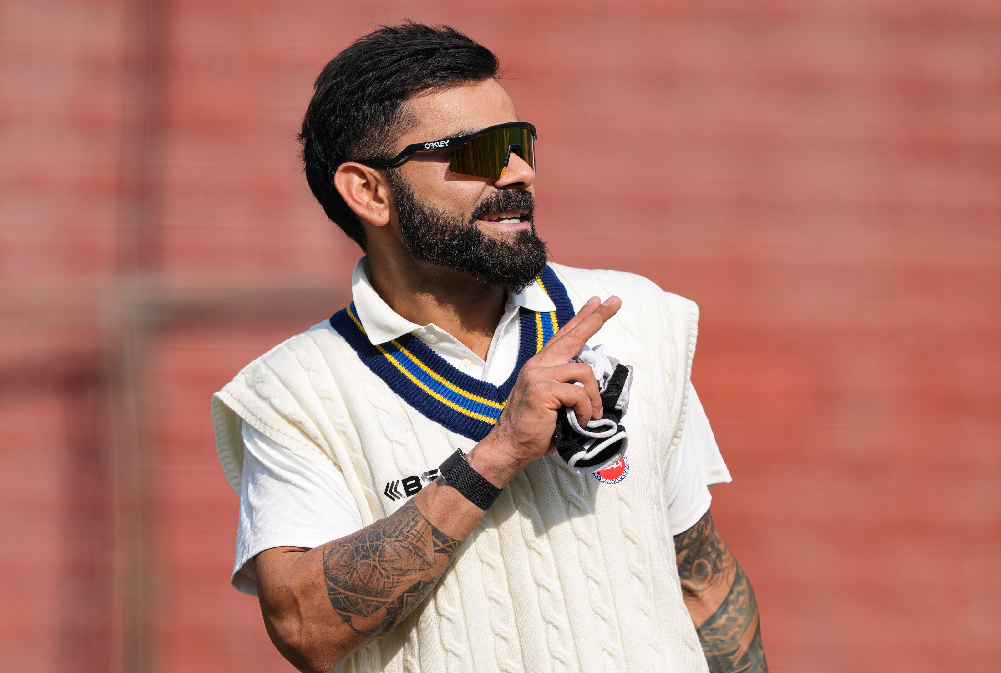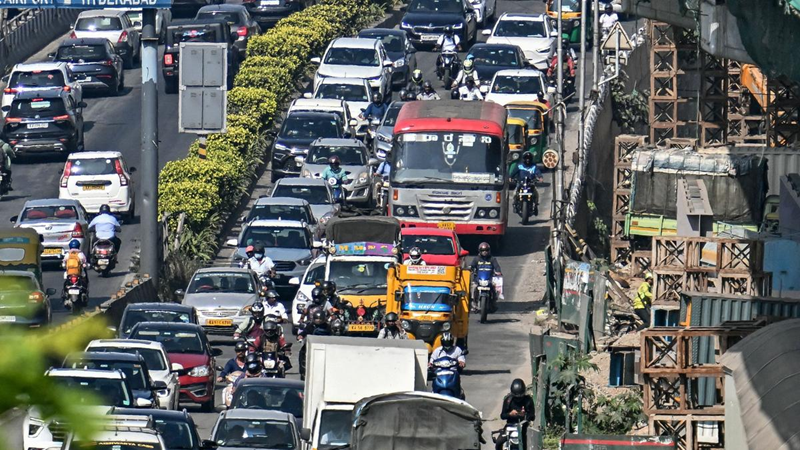
An Exemplary Deterrent
Curtains have come down on the long-drawn Supertech Twin Tower case with the neatly executed demolition of the 100-metre tall towers on Sunday having over 900 flats. The lessons from the spectacle watched by million across the nation should however not be missed. In a country, where thousands of structures have been built in violation of either building byelaws or zonal regulations set by civic authorities, the demolition should serve as a deterrent for builders, contractors and a warning for home-buyers.
It is the second such case in the last two years where skyscrapers were brought down at the builder’s cost following strictures by the courts on illegal nature of the buildings. It was in January last year that four Kochi waterfront apartment buildings—H20 Holy Faith, Alfa Serene, Jains Coral cove and Golden Kayaloram—were demolished by a similar implosion which reduced the homes of 300 families to rubble in five seconds. The apartment buildings had come up on the sides of a lagoon in violation of the laws under Coastal Regulation Zone.
It took the Residents Welfare Association (RWA) of the society in Noida known as Emerald Court ten years to get legal redressal of their grievances via-a-vis Supertech builders who had built 100-metre twin towers against original permission to build 14 towers with ten storeys each together with a shopping complex and a garden. The RWA had argued the case on the grounds that the structures violated the Uttar Pradesh Apartment Owners Act 2010. While the garden was scrapped, the builders even reduced the specified space between the two towers. The RWA had implicated even the NOIDA Authority officials alleging that the violation were carried out with their connivance and collusion.
Structures have been demolished for violation of byelaws in several cities even earlier. But Supertech’s case was exceptional in that never a structure of that size and worth has been ordered to be razed. Be it apartments or private homes, the violation of byelaws and zonal regulations has been rampant across India. Authorities normally turn a Nelson’s eye mainly because having home of one’s own is almost akin to realizing the life’s dream for an average Indian and most achieve it only past their midlife. Demolitions are hardly ever resorted to. Rather regularization following payment of penalties is the expected and practised norm. But the magnitude of the violations and dogged pursuit of the case by a determined RWA proved to be the nemesis of the building firm. It would have been in order for the Court to identify and fix the accountability of those involved in the Noida Authority and the behind-the-scene political actors who allowed the monstrosity to rise in the air.
The case should also serve as a caution for homebuyers against unscrupulous builders and fly-by-night operators who inhabit the real estate and construction sector. It was six years ago that the nation witnessed the introduction of Real Estate (Regulation & Development) Act (RERA) to provide protective umbrella to homebuyers. The provisions make it mandatory for the builders to have a joint escrow account where 70% of the amount realized from the buyers has to be deposited and withdrawals have to essentially follow the buyer’s approval and should be pro-rata to the progress of the project.
If the spectacle of the Supertech demolition deters the builders from playing fraud against home-seekers and city planners, the mega event would serve its purpose and would impart the urban spaces the much needed relief from potential violators.
 English daily published in Bengaluru & Doha
English daily published in Bengaluru & Doha






